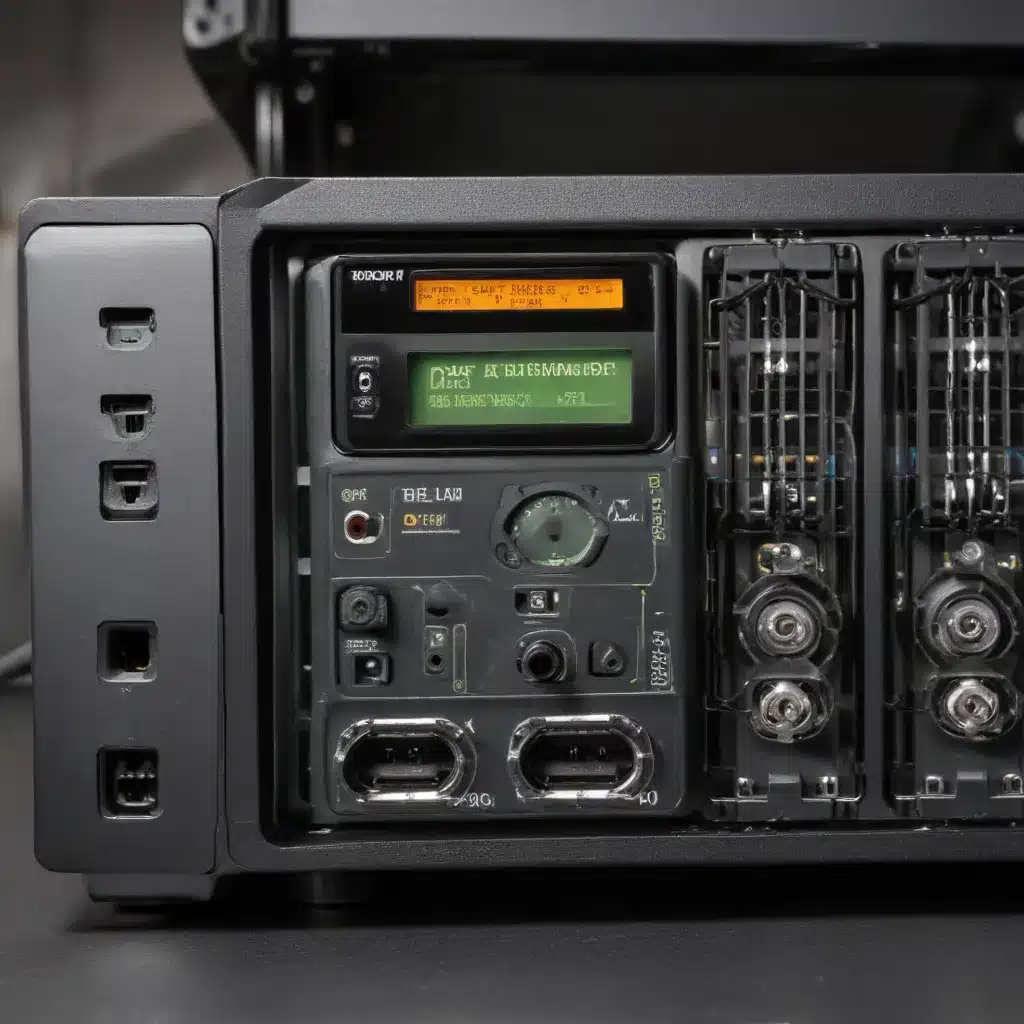
In today’s fast-paced digital landscape, energy efficiency has become a crucial consideration for IT professionals and computer enthusiasts alike. As the demand for high-performance computing continues to rise, understanding how to optimize power management settings within your operating system (OS) can have a significant impact on energy consumption, system longevity, and overall cost savings. In this comprehensive guide, we’ll delve into the intricacies of power management settings, exploring practical strategies to maximize energy efficiency without sacrificing system performance.
Understanding Power Management in Operating Systems
At the core of power management lies the ability of your OS to intelligently regulate power consumption based on system activity and user preferences. Windows, for example, offers various power plans that can be customized to balance performance and energy savings. Similarly, Linux distributions like Arch Linux provide a range of power management tools and configurations to fine-tune your system’s energy efficiency.
Windows Power Plans: Navigating the Options
One of the common misconceptions surrounding Windows power plans is that selecting the “High Performance” plan will automatically result in improved frame rates (FPS) in gaming or other performance-intensive applications. However, the reality is more nuanced. While the “High Performance” plan may indeed provide a slight boost in system responsiveness, the impact on FPS can be negligible in many scenarios.
The key to optimizing power management in Windows lies in understanding the different power plans and their respective trade-offs. The “Balanced” plan, which is the default setting, often provides an excellent compromise between performance and energy savings, making it a suitable choice for most users. The “Power Saver” plan, on the other hand, prioritizes energy conservation by implementing more aggressive power-saving measures, potentially leading to a slight decrease in system responsiveness.
Ultimately, the choice of power plan should be based on your specific needs and usage patterns. If you’re primarily focused on maximizing system performance, the “High Performance” plan may be worth considering. However, if energy efficiency is a greater concern, the “Power Saver” or a custom-tailored plan may be the better option.
Linux Power Management Techniques
Linux, with its vast array of distributions and customization options, offers a wide range of power management tools and configurations to optimize energy efficiency. In the case of Arch Linux, users can leverage various techniques to reduce power consumption, including:
-
CPU Power Management: Employing the
amd_pstate=guidedkernel option can help optimize power management for AMD Ryzen processors, allowing the OS to dynamically adjust CPU performance based on system load. -
Wireless and Bluetooth Power Saving: Disabling Bluetooth on startup via
systemctl enable rfkill-block@bluetooth.serviceand enabling Wi-Fi power-saving mode withiw dev $name set power_save oncan contribute to significant energy savings. -
Audio and Watchdog Tuning: Configuring the
snd_hda_intelmodule to enable power-save mode and disabling the NMI Watchdog can further improve energy efficiency. -
BIOS Power Profiles: Exploring the power management settings in your system’s BIOS can provide additional control over features like C-states, CPU frequencies, and other power-saving mechanisms.
By combining these techniques, Arch Linux users can create a highly energy-efficient system tailored to their specific needs and usage patterns.
Optimizing Power Management for Dell PowerEdge Servers
When it comes to enterprise-level server hardware, Dell’s PowerEdge lineup offers a range of power management settings that can have a significant impact on energy consumption and performance. A comprehensive Dell whitepaper delves into the nuances of these settings, providing valuable insights for IT professionals.
Understanding Dell’s Power Profiles
Dell’s PowerEdge servers offer several power management profiles, each with its own set of trade-offs:
-
Performance-per-Watt (DAPC): This is the default profile, which represents an excellent balance between performance and power consumption reduction. It utilizes Dell’s Active Power Control (DAPC) mechanism to manage power efficiently.
-
Performance-per-Watt (OS): Also known as “OS Control,” this profile is similar to DAPC but allows the operating system to manage processor frequencies for higher power efficiency.
-
Performance: This profile prioritizes performance by maximizing processor frequency and disabling certain power-saving features. While not optimal for all environments, it can serve as a baseline for performance optimization.
-
Dense Configuration: This profile enhances reliability features and reduces power consumption, but at the cost of considerable performance. It is targeted for operating environments where enhanced reliability is desired and temperatures may exceed the thresholds encountered in less densely-packed data centers.
Evaluating Power Consumption and Performance
When selecting the appropriate power management profile for your Dell PowerEdge server, it’s essential to consider both power consumption and performance requirements. The whitepaper provides detailed comparisons of power draw and performance metrics across the different profiles, enabling you to make an informed decision based on your specific workload and operational needs.
For example, the analysis reveals that the “Dense Configuration” profile can result in significant power savings, but at the expense of substantial performance degradation. Conversely, the “Performance” profile may offer increased performance, but with a higher energy footprint.
Unlocking the Potential of Power Management
Regardless of your operating system or hardware platform, optimizing power management settings is a crucial step in maximizing energy efficiency and cost savings. By leveraging the various tools and techniques available, you can strike the perfect balance between system performance and energy conservation, ultimately contributing to a more sustainable and cost-effective IT infrastructure.
At IT Fix, we are dedicated to providing practical, in-depth insights to help IT professionals and tech enthusiasts alike navigate the ever-evolving landscape of technology. Whether you’re managing a fleet of enterprise-grade servers or optimizing your personal workstation, the strategies outlined in this article can serve as a valuable starting point for your journey towards maximizing energy efficiency and unlocking the full potential of your computing systems.
Remember, power management is not a one-size-fits-all solution. It’s essential to carefully evaluate your specific needs, usage patterns, and system requirements to determine the optimal configuration that aligns with your goals. By taking the time to explore and experiment with the various power management settings, you can unlock significant energy savings, extend the lifespan of your hardware, and contribute to a more sustainable future for the IT industry.












